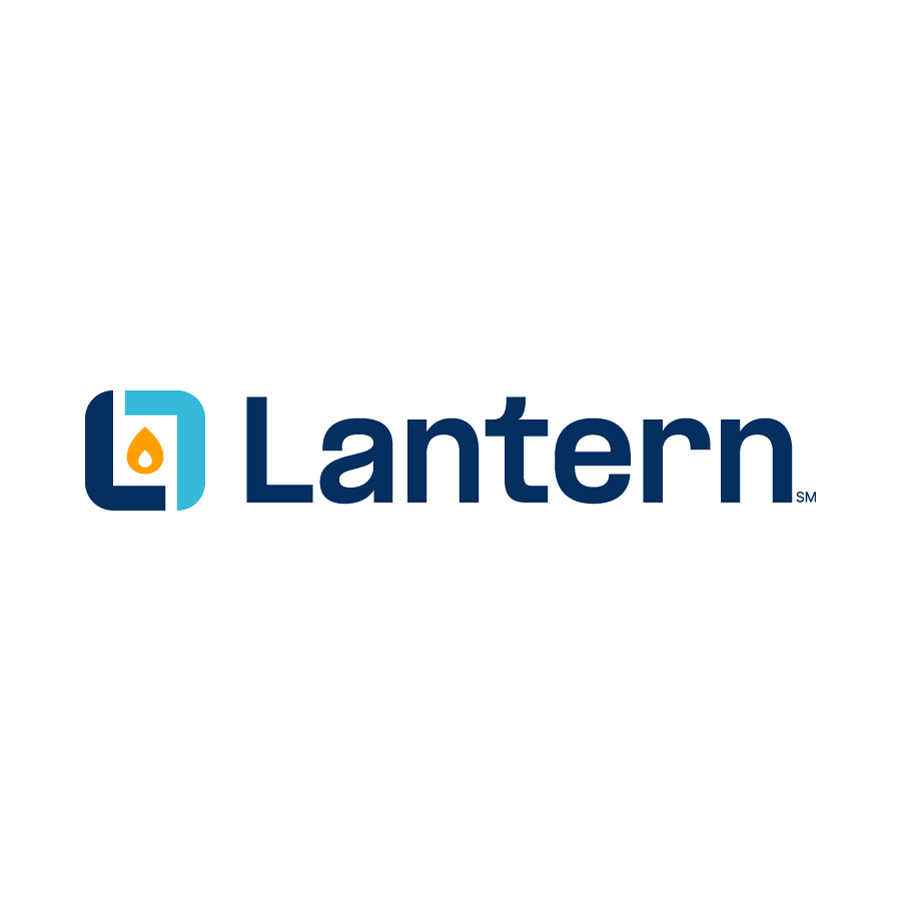Life Insurance: More constant than change
Tomorrow’s regulatory hearing in Iowa for the approval of Sammons Financial Group’s acquisition of Bestow Life Insurance Company brings the spotlight on the life insurance landscape in the US.
Here’s an examination of key statistics and trends from the 2023 Life Insurers Fact Book.
1. Not Differentiating Between Individual and Group Life Policies
Bestow’s 2020 presentation – shared confidentially with Coverager – highlighted a life insurance market with $7 trillion in assets in 2018, growing to $8.3 trillion by 2022, and annual premiums rising from $150 billion to $170 billion over the same period. However, the presentation failed to distinguish between individual and group life policies. In 2018, ~28 million life insurance policies were sold, comprising 10.3 million individual policies and 17.5 million group certificates. By 2022, these figures shifted to 9.5 million individual policies and 25.5 million group certificates (page 100). This lack of differentiation can mislead stakeholders about market dynamics and growth opportunities.
2. Confusing Correlation with Causation
In its analysis, Bestow accurately claimed “flat growth” in life insurance premiums from $130 billion in 2000 to $150 billion in 2018. This overlooks the growth from $60 billion in 1985 to $130 billion in 2000. The period from 2000 to 2018 experienced volatility, with declines in 2001, 2003, 2009, and 2010. The assertion that incumbents failed to grow ignores the market’s inherent fluctuations driven by demographic changes and economic conditions.
3. Ignoring Changing Demographics
Demographic shifts significantly impact life insurance demand. Younger populations, who typically drive life insurance purchases, have seen a decline, with those aged 19 or younger decreasing from 82.5 million in 2012 to 81.1 million in 2022. Conversely, the senior population (65+) increased by 34% since 2012, now at 57.8 million. Combined with those aged 50-64, there are 120.7 million people, or 36.2% of the population, in or approaching retirement. These changes affect the types of insurance products in demand, such as annuities and long-term care insurance.
4. Digital Platforms vs. Fair Pricing
Bestow’s focus on a fast, simple, digital life insurance policy appeals to the young and healthy, yet competitive pricing can’t be ignored. While digital platforms streamline processes, customers often prioritize affordable premiums.
5. Trends and Statistics from the 2023 Life Insurers Fact Book
The American Council of Life Insurers (ACLI) provides a overview of industry trends:
- Life Insurance in Force: Individual policies grew from $11.2 trillion in 2012 to $14 trillion in 2022, while group policies slightly decreased from $8 trillion to $7.7 trillion (page 95).
- Income of Life Insurers: Total income (including life, annuity and health premiums) rose from $952 billion in 2012 to $1.16 trillion in 2022, with life insurance premiums reaching $170.2 billion in 2022 (page 53).
- Number of Life Insurers: The total decreased from 868 in 2012 to 727 in 2022 due to mergers and consolidations (page 1).
These statistics highlight the growth in individual life insurance – when considering the face amount rather than the number of policies – and group annuities, and the decline in the number of active life insurers.
—
Sammons reported $2.61 billion in Individual Net Life Insurance Premiums for 2022, an increase from $1.68 billion in 2018, moving from the 19th to the 20th spot. With the acquisition of Bestow’s carrier, it will likely advance a spot. However, as the saying goes, “history rhymes,” and from the perspective of its competitors, it’s business as usual.






